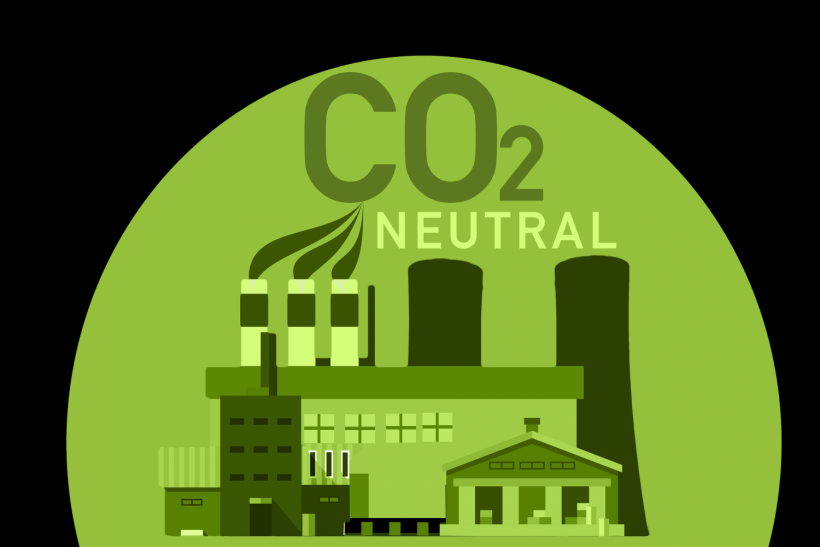Engineers are constructing storage for undesirable greenhouse gases in the western municipality of Oygarden, Norway. The future terminal will inject tons of liquid carbon dioxide into spaces buried far beneath the seabed from industry chimneys across Europe. The project is being undertaken to stop gas from entering the atmosphere and causing global warming.

CO2 Neutral Climate Change
Carbon Capture and Storage Facility
According to project manager Sverre Overa, it is the world's first open-access transport and storage infrastructure. It allows any emitter caught the CO2 emissions to transfer that CO2 for safe handling, transit, and permanent storage.
Some climate experts, according to Phys.org, consider the process known as carbon capture and storage, or CCS, as a way to partially cut emissions from fossil fuel-based businesses as the planet battles to meet its climate commitments.
With its depleting North Sea oil resources, Norway has the best chance of storing CO2 on the continent. With 1.7 billion euros ($1.7 billion) on the table as part of a larger state strategy to develop the technology, the government has funded 80% of the infrastructure.
The CO2 from a cement plant and a waste-to-energy facility in the Oslo area will be sent to the location. However, the project's most novel element is its invitation to overseas businesses to donate their CO2 pollution to be buried safely.
Carbon Storage Facility Financial Challenges
Although using CCS to reduce carbon pollution is not new, the technology has never really taken off, largely because it is so expensive. In fact, the Petra Nova coal-fired plant in Texas was put on hold in 2020 for financial reasons. It is one of the largest carbon capture facilities in the world.
According to the industry-run Global CCS Institute, just a few dozen CCS projects are now in operation worldwide. However, a significant flood of government subsidies and the failure to cut greenhouse gas emissions in line with Paris Agreement goals have given the technology a new life.
Northern Lights Alliance
The alliance known as Northern Lights, formed by energy giants Equinor, TotalEnergies, and Shell, will be the first cross-border CO2 delivery and storage service when it debuts in 2024.
The liquid CO2 will be introduced through a pipeline into geological pockets 2,600 meters below the ocean's surface with the intention that it will stay there permanently. The Northern Lights partners revealed their first cross-border business arrangement on Monday.
At a plant in the Netherlands controlled by the Norwegian fertilizer producer Yara, 800,000 tons of CO2 must be captured annually starting in 2025. This CO2 must then be transported to Oygarden and stored there.
By 2032, a 900-kilometer (560-mile) pipeline connecting a CO2 collection facility in northern Germany with storage locations in Norway might be constructed if the cooperation between Equinor and Wintershall Dea is approved. With Belgium, a comparable scheme is already in the works.
The Northern Lights project will be able to treat 1.5 million tons of CO2 annually in its initial stage and later between five and six million tons. But the annual carbon emissions in Europe are much smaller than that. The European Environment Agency estimates that the European Union will release 3.7 billion tons of greenhouse gases in 2020.
According to several climate experts, carbon capture is not a panacea for the global catastrophe. Critics warn that CCS would delay fossil-fuel extraction when everyone attempts to move toward clean and renewable energy.
RELATED ARTICLE: Blue Carbon Habitats May Not Remove Carbon Dioxide in the Atmosphere
Check out more news and information on Environment in Science Times.














